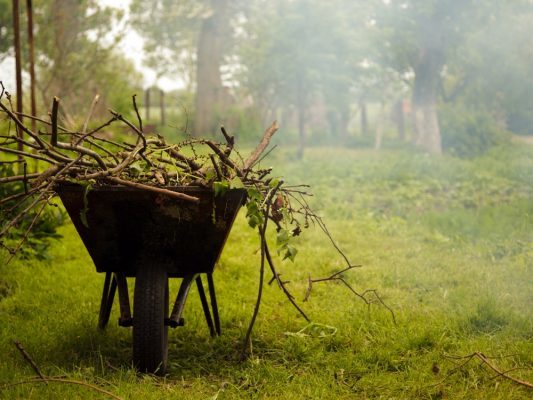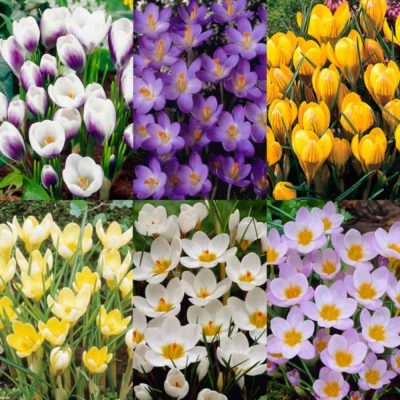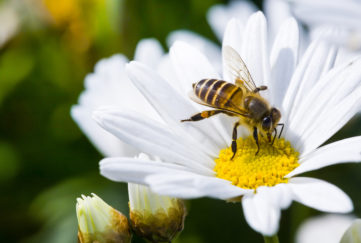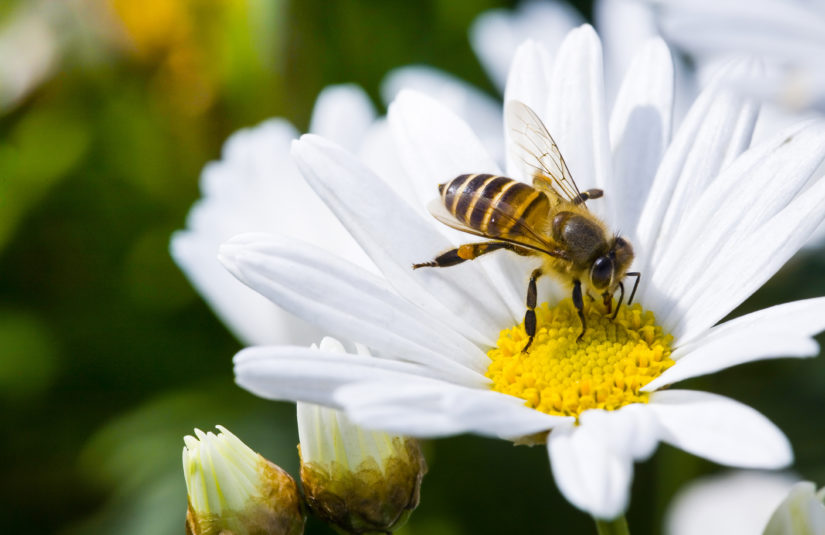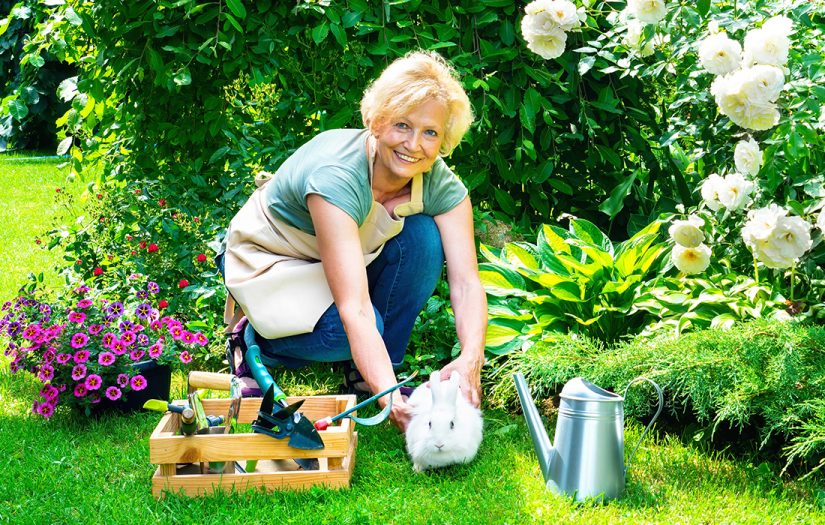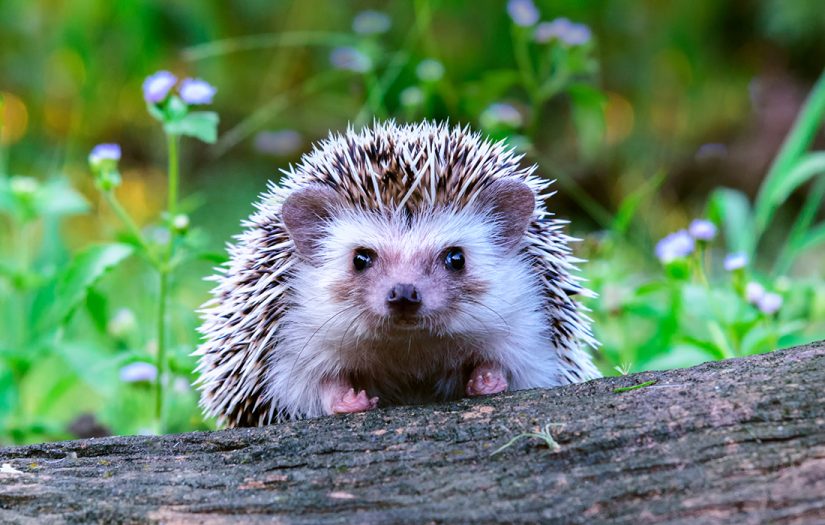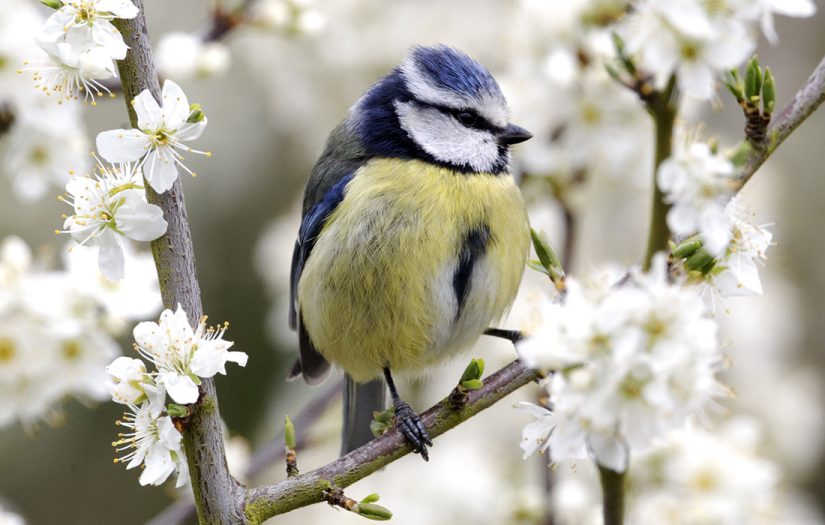The Garden In Autumn

Autumn has well and truly arrived now, and temperatures are beginning to drop across the country. A walk through your local park or along any tree-lined street will provide a riot of autumnal shades, as the trees start to go into hibernation and the leaves change colour.
Autumn represents the soft transition from summer to winter, and has often been described as the ‘mellow season’ by gardeners such as Alan Titchmarsh. This isn’t surprising as many of the perennials and bulbs have finished flowering, and the deciduous shrubs are beginning to take their rest through the coming months.
It’s tempting to neglect this wonderful time of the year, particularly as we’ve had a limited summer this year. However, a nice relaxing day in the garden now can help remind us of the joy to be had from now until the arrival of winter and, with the right selection of plants, the autumn garden can deliver weeks of pleasure.
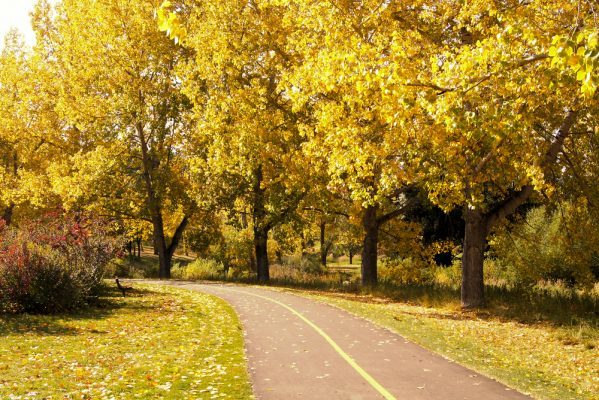
Colourful walks are a real joy this season
The sight of red, golden yellow, copper, and orange leaves is one of our favourite things at this time of year. The crunching sound of leaves underneath our feet is a fantastic noise on these cool mornings, and helps distract from the chill in the air. It’s the classic image that comes to mind when talking about autumn, and one that attracts tourists from far and wide to areas like New England and Canada.
Autumn colour in the garden
Creating a colourful display through these next few months isn’t solely a task for national parks and community gardens. It’s a job for us all, and one that’ll provide a real sense of achievement. To give the garden a valuable boost in the autumn months why not plant out some autumn flowering Crocus, which are a real jewel when planted en-masse? Japanese Maples (Acers), Rudbeckia Goldsturm, Amelanchier Canadensis, or Albizia Summer Chocolate will also help provide some winter colour.
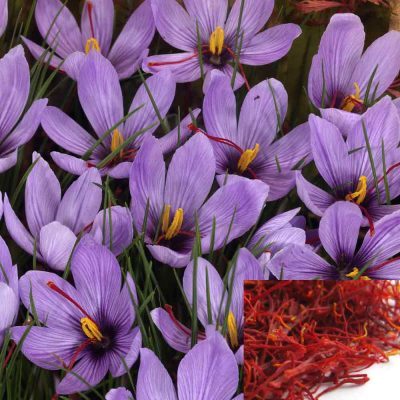 Saffron Crocus (Crocus Sativus)
Saffron Crocus (Crocus Sativus)
The season to harvest and enjoy
The harvest season’s one of the most productive and important for the fruit and vegetable gardener – the season to reap the rewards of all the hard work and effort. The allotments will be busy with gardeners harvesting tomatoes, berries, sweetcorn, courgettes, beans, and that popular harvest favourite, the pumpkin.
Regular scanning of local and national papers at this time should turn up numerous Harvest and Fresh Food Festivals throughout the country. These are perfect opportunities to show off your crop and enjoy the many great tasting and growing competitions. A fun day out to be had for all, and a way to gather up tips and advice from fellow gardeners.
Top autumn garden jobs
August through to November is bulb planting season. A vast number of spring and early summer flowering bulbs can be planted now in anticipation of a wonderful spring show, while October is probably your last chance to trim down deciduous hedges/shrubs to ensure your garden still looks neat and tidy over the winter months! Shrubs can be pruned or cut back to neaten them up and prevent wind damage.
With the colder weather and frosts approaching, it’s important to lift frost tender bulbs and tubers over the next few weeks. Dahlias, Begonia Tubers, Eucomis, Zantedeschia, Nerine, Gladioli and Cannas are all susceptible to frost. Lift the bulbs and tubers and keep over winter in a dry, frost free environment. This is a great way of maximising your investment, as all these varieties can be planted again next spring for another fantastic summer display!
October onward is a great time to plant fruit along with other loose rooted plants. Larger fruit trees may need to be tied to a stake to prevent wind damage – always tie the tree to the stake low down so the tree can move in the wind but the roots will be stable.
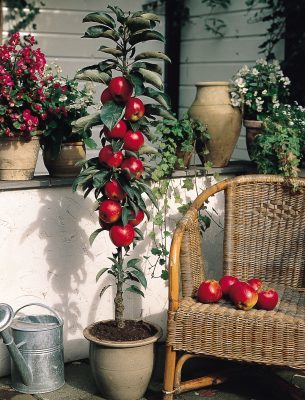 Apple Red Spur – From the Patio Fruit Tree Collection
Apple Red Spur – From the Patio Fruit Tree Collection
October onward is also a good time to plant bare rooted Roses, and you’ll find a vast selection available online to choose from. We supply our Roses bare root at this time of the year, which will allow them to establish themselves quickly once planted and create a beautiful display for next year.
November’s an ideal time to mulch perennial plants that may be affected by heavy frosts, for example Fuchsias and Agapanthus. A protective covering with organic material such as peat or straw will help prevent moisture loss and stop the roots freezing.
Create your own eco-friendly compost by gathering up fallen leaves, which are in endless supply at the moment, and create a compost heap. The leaves will decompose and help create a rich compost for future use.
